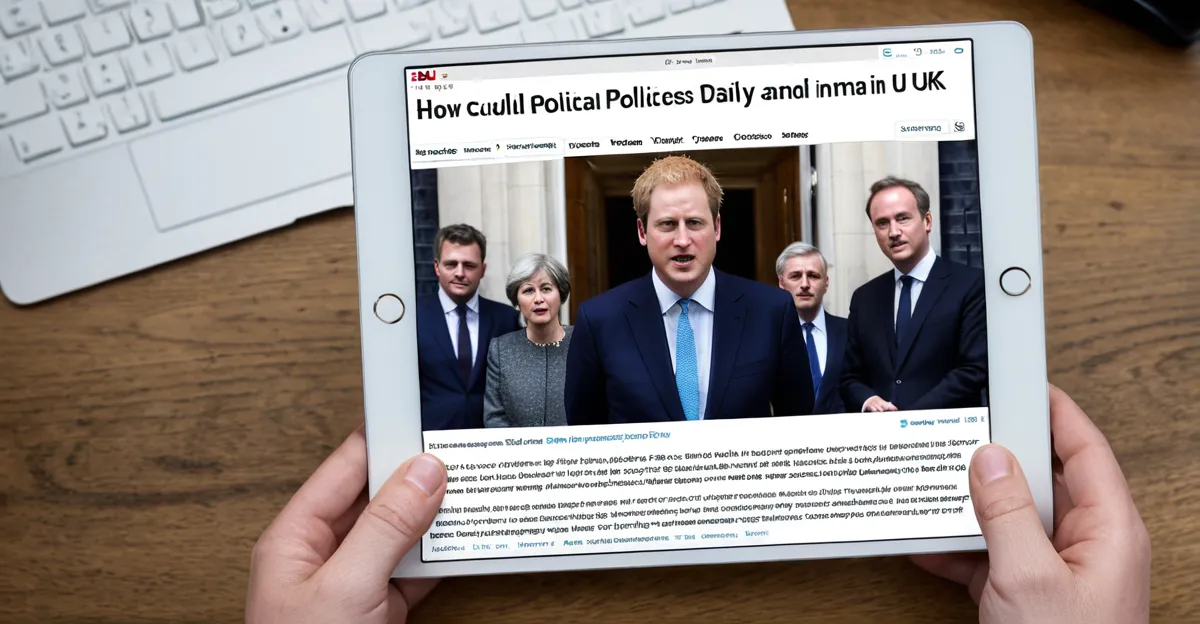Immediate Effects of Political Policy Changes on Daily Life
Recent political policies UK have swiftly reshaped how many experience everyday life. In 2024, several new measures have led to noticeable shifts in public services, pricing, and community dynamics. For example, adjustments in funding have impacted public transport fares and service frequency, making commuting costlier in urban and suburban areas alike. These changes directly affect individuals relying on public transit for work or education.
Public services, such as waste collection and local council support, have seen reorganization driven by policy shifts aimed at budget optimization. Residents in smaller towns or economically struggling areas typically feel these changes first, as reduced government spending necessitates prioritizing key services over others.
Have you seen this : How is the Cost of Living Crisis Impacting Daily Life in the UK?
Pricing changes extend beyond services, influencing everyday consumer costs. Policies affecting energy tariffs and food supply chains result in tangible effects on household budgets. People across income brackets notice these variances, but those with limited financial flexibility experience them most acutely.
In essence, the impact on daily life from these recent policies is practical and immediate. Individuals interacting regularly with public infrastructure, local services, and markets are the earliest to perceive these evolving conditions. Understanding the scope and scale of these effects helps gauge how political decisions translate from debate to daily reality.
This might interest you : How Has Recent Legislation Impacted the UK’s Economy?
Healthcare Access and Services
Understanding recent changes in NHS funding and patient care
Recent healthcare policy UK reforms in 2024 have significantly influenced NHS funding, impacting service availability and patient experience. Budget adjustments aim to address waiting times, but many areas report longer delays for routine treatments and specialist referrals. This has practical consequences for patients requiring timely care, with vulnerable groups experiencing the most pronounced effects.
Prescription costs have seen changes, with some rising due to policy shifts. For individuals managing chronic conditions, these adjustments can increase monthly expenses, affecting adherence to medication regimens. The government’s intention is to balance affordability with sustainability but navigating these changes proves challenging for many.
Rural healthcare services particularly feel the strain. Limited access to clinics and fewer healthcare professionals reduce patient options, often requiring longer travel or delays in receiving care. Urban centers, while better resourced, face increasing demand driven by population growth and policy-driven service restructuring.
In sum, the impact on daily life from these recent policies within healthcare highlights the complex trade-offs between funding, accessibility, and quality of patient experience under current healthcare policy UK frameworks.






